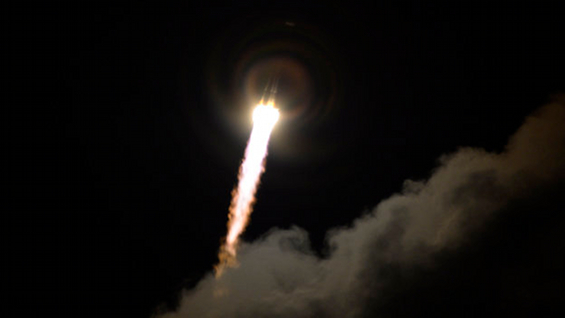ESA’s Gaia mission blasted off this morning on a Soyuz rocket from Europe’s Spaceport in Kourou, French Guiana, on its exciting mission to study a billion suns.

ESA’s Gaia mission blasted off this morning on a Soyuz rocket from Europe’s Spaceport in Kourou, French Guiana, on its exciting mission to study a billion suns.

Planetary scientists have theorised that under a hard outer shell, Europa has a liquid ocean. Observations made with Hubble have captured a transient excess of ultraviolet light toward the limb of Europa. The explanation offered by the researchers is that a liquid geyser of water erupted from Europa’s surface, sending a plume of water high above the moon’s surface. Then molecules of water were subsequently split by high energy electrons caught in Jupiter’s intense magnetic field, producing the UV emission. See also Phil Plait’s Bad Astronomy article.
Here’s a photo I took of the aurora borealis when I was in Iceland. No prizes for astro-photographer of the year, but then again, all I did was put the camera on the ground and opened the lens for 30 seconds.